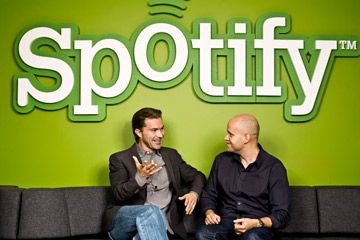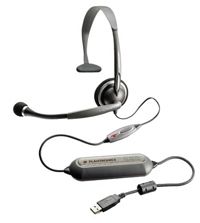Radio broadcasting began in the early '20s, but it wasn't until the introduction of the transistor radio in 1954 that radio became available in mobile situations. Internet radio is in much the same place. Until the 21st century, the only way to obtain radio broadcasts over the Internet was through your PC. That will soon change, as wireless connectivity will feed Internet broadcasts to car radios, PDAs and cell phones. The next generation of wireless devices will greatly expand the reach and convenience of Internet radio.
Uses and Advantages
Traditional radio station broadcasts are limited by two factors:
- the power of the station's transmitter (typically 100 miles)
- the available broadcast spectrum (you might get a couple of dozen radio stations locally)
Internet radio has no geographic limitations, so a broadcaster in Kuala Lumpur can be heard in Kansas on the Internet. The potential for Internet radio is as vast as cyberspace itself (for example, Live365 offers more than 30,000 Internet radio broadcasts).
In comparison to traditional radio, Internet radio is not limited to audio. An Internet radio broadcast can be accompanied by photos or graphics, text and links, as well as interactivity, such as message boards and chat rooms. This advancement allows a listener to do more than listen. In the example at the beginning of this article, a listener who hears an ad for a computer printer ordered that printer through a link on the Internet radio broadcast Web site. The relationship between advertisers and consumers becomes more interactive and intimate on Internet radio broadcasts. This expanded media capability could also be used in other ways. For example, with Internet radio, you could conduct training or education and provide links to documents and payment options. You could also have interactivity with the trainer or educator and other information on the Internet radio broadcast site.
Internet radio programming offers a wide spectrum of broadcast genres, particularly in music. Broadcast radio is increasingly controlled by smaller numbers of media conglomerates (such as Cox, Jefferson-Pilot and Bonneville). In some ways, this has led to more mainstreaming of the programming on broadcast radio, as stations often try to reach the largest possible audience in order to charge the highest possible rates to advertisers. Internet radio, on the other hand, offers the opportunity to expand the types of available programming. The cost of getting "on the air" is less for an Internet broadcaster (see the next section, "Creating an Internet Radio Station"), and Internet radio can appeal to "micro-communities" of listeners focused on special music or interests.



